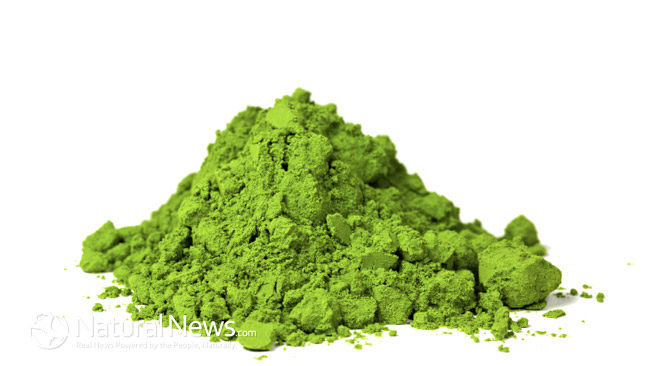In all my research there are some things I still just don’t understand. For example, a safety sheet on Calcium Silicate specifically says, “Consult a specialist BEFORE handling this product, avoid skin contact, keep unconscious victims warm and on their sides to avoid choking if vomiting occurs.”
I have to ask: If a “food product” has these warnings, if you have to consult specialists and follow local, state and federal regulations to dispose of a product, can you assume it’s safe to eat? If workers have to be screened with a medical examination before going on the job to be able to work with an ingredient, where does the Generally Recognized as Safe come in to play? When workers are suggested not to eat, drink or use tobacco products after handling said product, where’s the general safety?
It must be magic that once a chemical goes from the laboratory to the food supply it becomes safe, but when it’s being handled, there’s a laundry list of safety precautions and procedures to follow. These are the things being put in your food.
General research
Calcium Silicate
Calcium Silicate, including synthetic Calcium Silicate, may be safely used in food
- 2%Vanilla Powder
- 2% in foods
- 2% In animal feeds
- 5% in baking powder
Silicate – Any of numerous compounds containing Silicon
Calcium Silicate uses:
- Used as a substitute for materials containing silica in ceramics and as a substitute for asbestos in wallboard, insulation and brake linings
- Used as a constituent of lime glass and Portland cement
- Used as a reinforcing filler in elastomers and plastics, paints, ceramics, paper and wallboard
- Used as an anticaking ingredient in table salt, baking powder, foods, powdered pharmaceuticals and cosmetics
- Used as an aggregate in road construction
- Used as a binder in refractory material, as a thermal insulator and as a paper coating chromatography
Other food products where Calcium Silicate are present
Typically manufactured by combining slaked quicklime with silica and stirring in a vessel at elevated temperature and pressure
One experiment in rats showed significant increase in the incidence of pleural sarcomas after calcium silicate fibers were implanted.
Synthetic or natural materials that have Calcium Silicate as a base may cause dermal irritation. Prolonged contact and possible induction of altered pulmonary function and lesions when silicate or asbestos are also present
Ingestion exposure:
- Have the victim rinse the contaminated mouth cavity several times with fluid such as water
- Have victim drink a glass (8oz) of fluid such as water
- Induce vomiting by giving syrup of ipecac. If ipecac is unavailable, have the victim touch the back of throat with a finger until productive vomiting ceases.
Keep unconscious victims warm and on their sides to avoid choking if vomiting occurs. Initiate the following emergency procedures:
- Eye exposure: Irritation may result. Immediately and thoroughly flush the eyes with large amounts of water, occasionally lifting the upper and lower eye lids.
- Skin exposure: Irritation may result. Immediately and thoroughly was contaminated skin with soap and water
- Ingestion exposure: Move the victim to fresh air immediately. Have victim blow his or her nose, or use a soft tissue to remove particles or residues from the nostrils.
Before a worker is placed on the job with a potential for exposure to Calcium Silicate, a licensed care professional should evaluate and document the workers baseline health status with thorough medical, environmental, and occupational histories, a physical examination, and physiologic and laboratory tests appropriate for the anticipated occupational risks.
Workers should not eat, drink, use tobacco products or apply cosmetics in areas where Calcium Silicate is handled, processed or stored.
A worker who handles Calcium Silicate should thoroughly wash hands, forearms, and face with soap and water before eating, using tobacco products, using toilet facilities or applying cosmetics.
Spills:
In the event of a spill of Calcium Silicate, persons not wearing protective equipment and clothing should be restricted from the contaminated area until cleanup is complete.
Personal Protection:
Splash goggles. Lab coat. Dust respirator. Be sure to use an approved/certified respirator or equivalent. Gloves. Suggested protective clothing might not be sufficient; consult a specialist BEFORE handling this product.
Federal and State Regulations:
- Rhode Island RTK hazardous substances: Calcium Silicate
- Pennsylvania RTK: Calcium Silicate
- Florida: Calcium Silicate
- Massachusetts RTK: Calcium Silicate
- TSCA 8(b) inventory: Calcium Silicate
References
- http://www.sciencelab.com/msds.php?msdsId=9923273
- http://www.cdc.gov/niosh/docs/81-123/pdfs/0094.pdf
- http://www.law.cornell.edu/cfr/text/21/172.410
- http://www.law.cornell.edu/cfr/text/21/182.2227
Legal G.R.A.S
http://www.law.cornell.edu/cfr/text/21/184.1
G.R.A.S. List
http://www.accessdata.fda.gov/scripts/fcn/fcnNavigation.cfm?rpt=eafusListing
Some extra reading material





